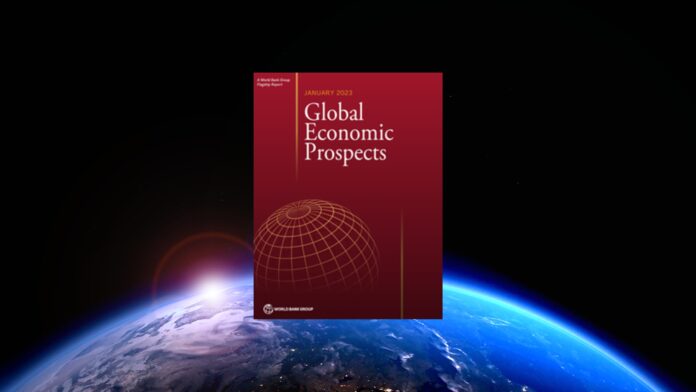The Philippines is on track towards achieving growth in 2022 averaging 7.2 percent in terms of the gross domestic product (GDP), the World Bank said in the January 2023 iteration of its Global Economic Prospects (GEP) report.
This represented an acceleration from output growth averaging only 5.6 percent in 2021 and within the government target for the period ranging from 6.5 percent to 7.5 percent.
This also for the $394-billion Philippine economy projected by the World Bank to post GDP growth averaging sharply lower this year to 5.7 percent on account of weaker-than-expected global growth, extreme weather events and tightening of financial conditions, among other downside influences.
According to the World Bank, its on-target forecast growth for the Philippines this year reflects an upgrade made possible by rising private consumption and strong growth of goods exports similarly enjoyed by neighboring Malaysia, Thailand and Vietnam.
“The recovery from the pandemic-induced recession has been uneven across the region. Output surpassed pre-pandemic levels last year in Cambodia, the Philippines and Thailand; in contrast, it is expected to remain below such levels this year in many of the region’s economies, including Myanmar and several Pacific Island economies,” it said.
Growth across East Asia and the Pacific (EAP) was seen 1.2 percentage point lower than earlier forecast to more or less 3.2 percent, owing for the most part to the slowdown in China that the World Bank said accounts for 85 percent of the region’s GDP.
With the exception of China where growth slowed sharply by 1.6 percentage points than projected in June last year to only 2.7 percent, growth in the EAP to 5.6 percent in 2022.
“Growth was supported by a release of pent-up demand as many countries continued to lift pandemic-related mobility restrictions and travel bans. Estimated growth in the region excluding China in 2022 was 0.8 percentage point above the June forecast,” the World Bank said.
“Growth in the EAP region is projected to firm to 4.3 percent in 2023 as easing of pandemic- related restrictions allows activity in China to gradually recover. These projections are below those of last June, where regional growth was expected to surpass 5 percent in 2023-24.
“The downward revisions are broad-based and reflect COVID-19 related disruptions and protracted weakness in the real estate sector in China and weaker-than- expected goods export growth across the region. In the face of ongoing monetary tightening, moderating activity, easing supply chain disruptions, and lower prices for many commodities, inflation is expected to ease somewhat after peaking in 2022,” the World Bank said.







